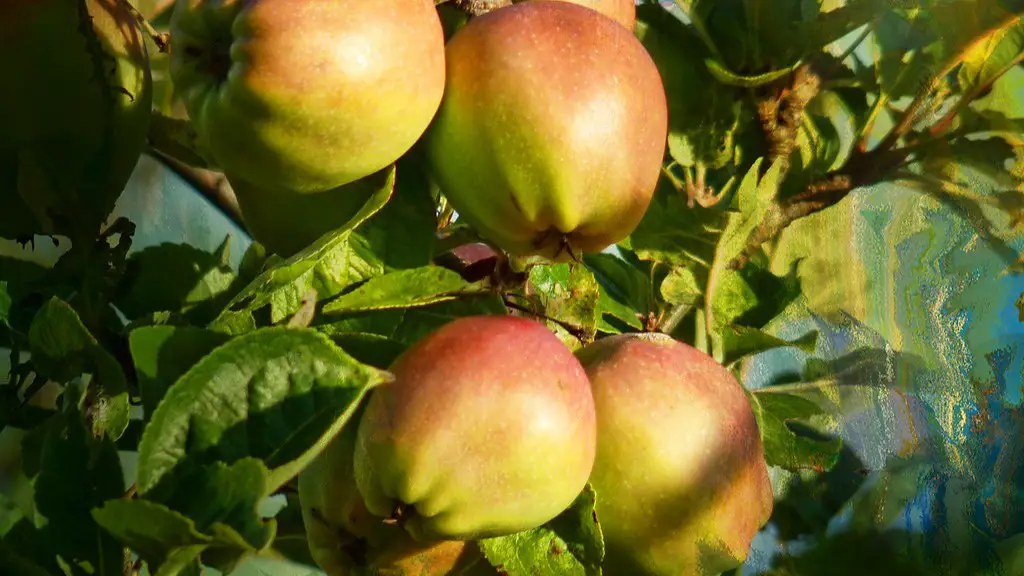Are palm trees deep? Most people would say no because they have seen them growing in sandy soil along the coast line. However, the depth of a palm tree’s roots depends on the species of palm tree and the location. For example, the Queen palm tree has an average root depth of 3 to 4 feet, but in drier climates, its roots can grow up to 6 feet deep. The Canary Island Date palm tree has an average root depth of 6 to 10 feet, but in some instances, its roots have been known to grow up to 20 feet deep.
The term “deep” is relative, but in general, palm tree roots are not deep. They are mostly surface roots that spread laterally.
How deep do palm tree roots go down?
The roots of palm trees are unique in that they grow horizontally instead of vertically. This is due to the lack of a tap root. The roots grow in the initiation zone, which is three feet below the ground.
While palms don’t typically have very invasive root systems, their root balls are hard to extricate from the ground. This is because the roots are anchor the palm in the ground to withstand some of the heaviest winds. So if you are trying to remove a palm from the ground, be prepared for a bit of a challenge.
Are palm tree roots a problem
A palm tree’s roots are narrower and thinner than most other types of trees, so they are unlikely to cause any serious damage to properties or other objects nearby. Additionally, palm trees don’t have large taproots at their base. Instead, the main problem that palm trees can cause is the possibility that they will fall over.
Palm trees are able to grow tall because of their system of long, thin roots that can extend far and deep into the ground. This allows them to withstand high winds and rarely topple over. However, in urban settings where there are restrictions on root growth, palm trees may not be able to reach their full potential height.
Can you plant palm trees close to your house?
When planting palm trees, be sure to take into account its mature height and width. You don’t want the tree to encroach on something like a roof or outgrow a screened pool enclosure, which could cause damage or expense.
Palm trees have relatively short lifespans. The areca palm has a fairly short lifespan of 40 to 50 years, while the popular coconut palm lives between 70 and 100 years, and most date palms hang on for 100 to 120 years. The date palm can reach 200 years of age in some cases, however.
Why don’t palm trees fall over?
This is why you’ll often see palm trees that have been bent over from hurricane-force winds. They may not look like they’ve been damaged, but they have been changed by the experience.
While palm trees may not have a traditional taproot system, their fibrous roots can extend quite far from the base of the tree – sometimes over 100 feet. This can pose a problem for golf courses and other landscapes in Arizona and Southern California, as the roots can interfere with the turf and cause damage.
Can palm tree roots damage a foundation
You should be aware of the risks of planting trees too close to your house foundation. Tree roots can damage a house foundation, with an invitation to do so. Tree roots are very opportunistic and will only grow and penetrate where it is easiest to grow such as friable soils and mulch. If you have any concerns, it is best to consult with a professional tree service or arborist.
Palm trees are a beautiful addition to any home, but they do require some maintenance. Smaller trees can be easy to do on your own, but larger palm trees may require professional assistance. Palm trees are also sensitive to cold environments, so be sure to take care of them accordingly.
Can palm tree roots damage plumbing?
If you have a palm tree on your property, it is important to be aware of the potential damage its roots can cause. Structural damage to your property or plumbing damage can become very costly if you don’t take action as soon as possible. If you see any signs of damage, it is important to call a professional to assess the situation and determine the best course of action.
If you have palm trees on your property, it is important to take care of them in order to avoid any potential hazards. Fronds that are not pruned can fall on their own, which can cause accidents or injury. These fronds can also be a fire hazard if left unattended. Not to mention, they are also very unattractive and can distract from the rest of your landscape.
How much wind can a palm tree withstand
Did you know that there are some palms, the sabal in particular, that can withstand winds up to 145 miles per hour? I had no idea that they could be so strong!
Palm trees have evolved to withstand high winds and are very difficult to uproot. This makes them ideal trees for hurricane-prone areas. Forest ecologists say that palm trees are perfectly designed to withstand hurricanes and other severe weather conditions.
Can palm trees fall in a storm?
While trees generally snap or lose a few branches during hurricane-strength winds, palm trees typically bend during such weather. This is due to the fact that palm trees have evolved to withstand the hurricane-force winds that are common in their native habitats.
Fruit or palm trees may not actually increase the value of your home any more than other tree types, but potential homebuyers may see them as a personal preference.
Warp Up
The roots of a palm tree are typically quite shallow in comparison to the tree’s height. This allows the tree to absorb moisture and nutrients from the top layer of soil. However, the roots can extend down deeper into the soil if the tree is growing in an area with poor drainage.
The roots of a palm tree are not deep. Palm trees have a shallow root system that is Anchored by fibrous roots. The main root system is located near the surface of the ground and only extends a few feet into the ground.




